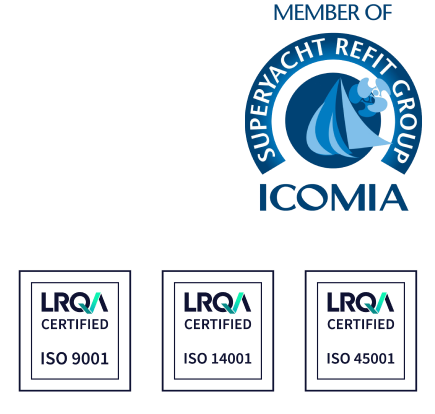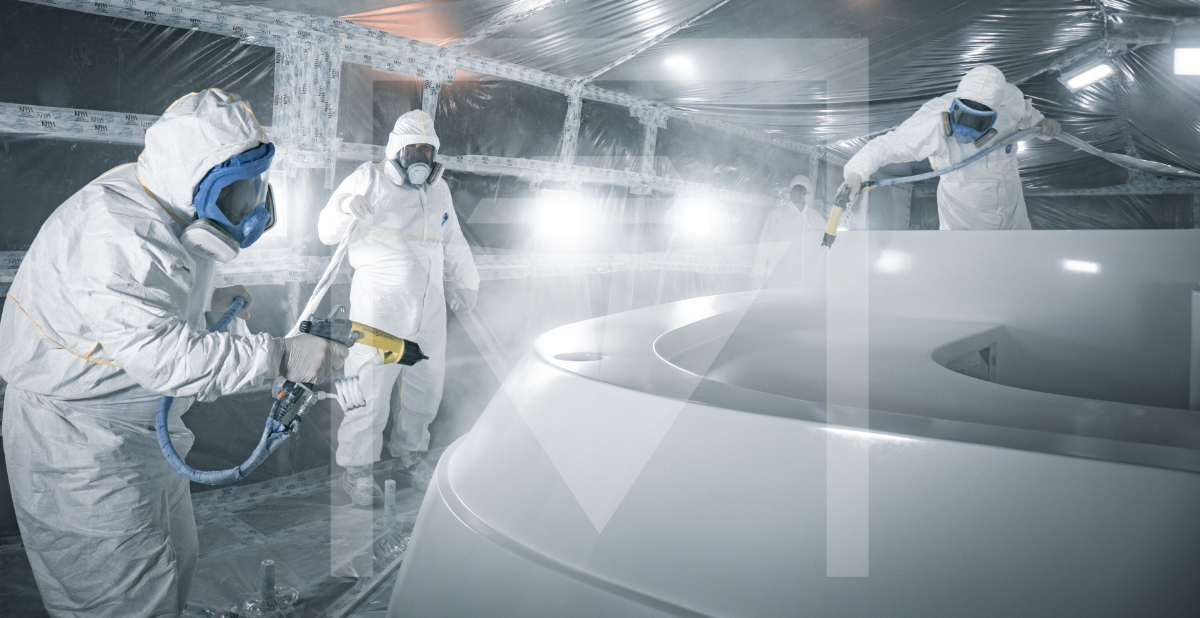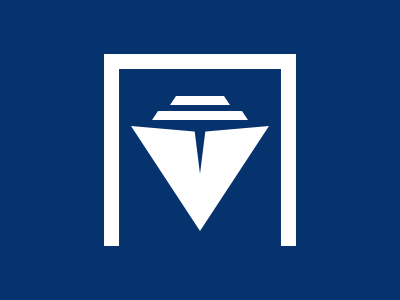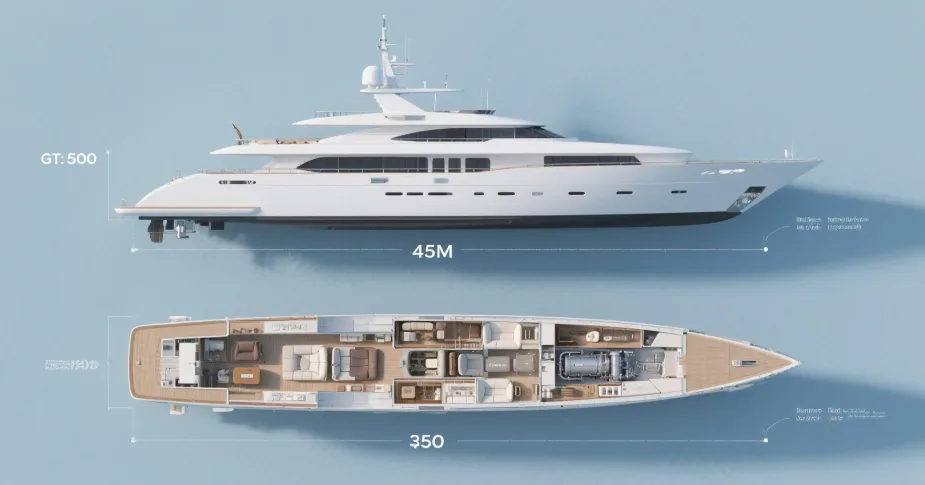Whether you’re involved in yacht ownership, maintenance, or refit planning, the finish of a yacht says a lot. A sleek, mirror-like hull or superstructure isn’t just about style, it’s about protection, performance, and value. That’s where paint system application comes in. It’s not just “painting the boat,” but a carefully planned, layered process that plays a key role in both aesthetics and long-term durability.
Understanding how a paint system works, and why it matters, can help you make better decisions during a build, a refit, or ongoing maintenance.
Why Paint System Application Matters?
In the yachting world, paint systems are as much about function as they are about looks. The right application protects a yacht’s structure from UV damage, corrosion, saltwater exposure, and general wear and tear. On top of that, a well-executed paint job is a visual signature of quality. Owners and crews alike know that a glossy, clean surface isn’t just for show, it reflects the care and professionalism that went into the work.
For yacht managers and refit coordinators, paint system application also ties into project timelines, cost control, and warranty coverage.
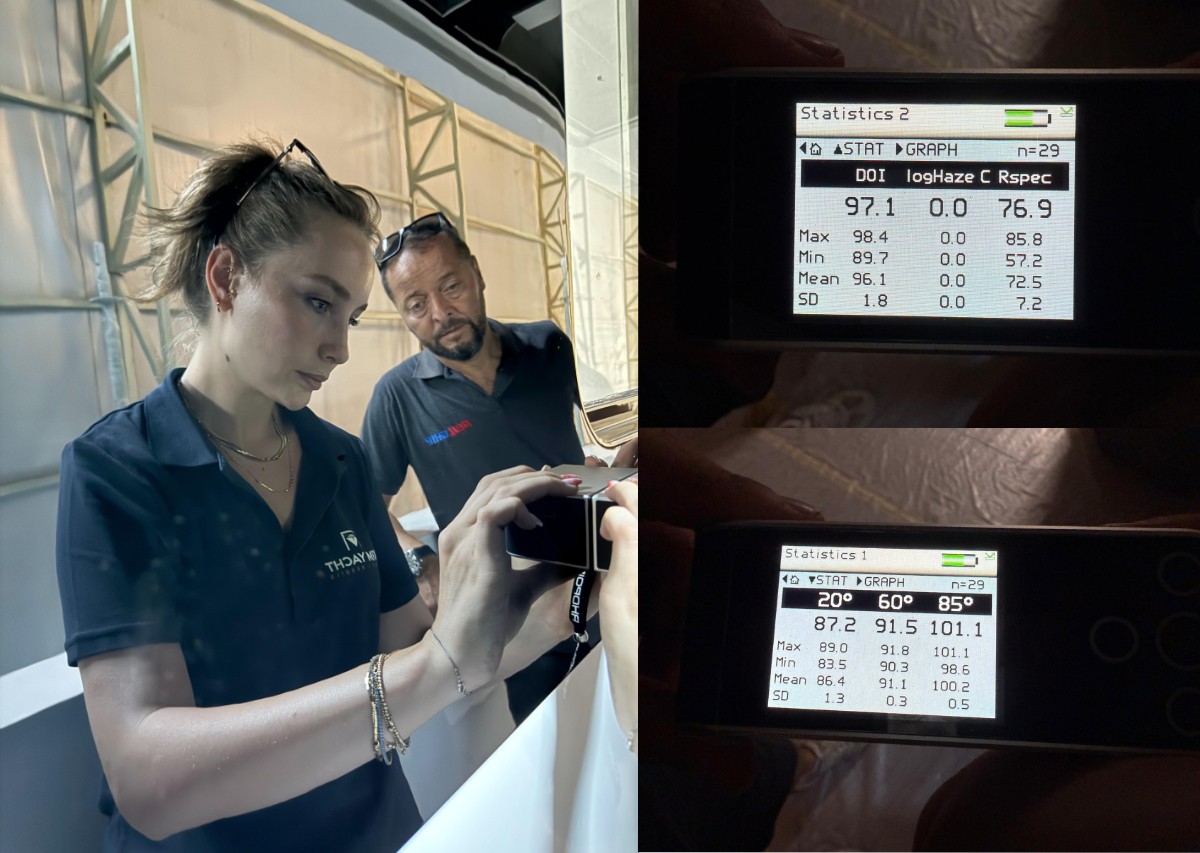
What is a Paint System Application?
A paint system application refers to the multi-layered process of preparing, priming, fairing, and coating a yacht’s surfaces to achieve both protection and an impeccable finish. It’s not a one-step job. A complete paint system typically includes:
-
Surface preparation: Removing old coatings, cleaning, sanding, and checking for corrosion or substrate damage.
-
Priming: Applying a primer that ensures adhesion and protects the substrate (often aluminum, steel, or composite).
-
Fairing: Using fillers to create a smooth, seamless surface, especially critical for aesthetics.
-
Undercoats: Building up layers to refine smoothness and bond with the topcoat.
-
Topcoat application: The final visible layer, delivering color, gloss, and UV resistance.
Each stage is important and must be completed under controlled conditions to avoid issues like delamination, blistering, or early fading.
Common Misconceptions
It’s easy to confuse a paint system with a simple repaint. Many assume that a quick sanding and fresh coat will do the job, but paint systems are about compatibility and layering. Mixing products or skipping surface prep can result in major failures.
Another misunderstanding is that more layers equal better protection. In reality, the quality of the process matters more than the number of coats. Proper curing, temperature control, and skilled application are what make the difference.
Where and When Paint Systems Are Applied?
Paint system applications are critical during new builds, major refits, and full-scale maintenance cycles. These are the times when access to the hull and superstructure is ideal, and when full environmental control (like scaffolding and tenting) can be set up to meet application specs.
Some of the key areas where paint systems are applied include:
-
Hull and topsides (for both protection and aesthetics)
-
Superstructure surfaces
-
Masts and spars on sailing yachts
-
Decks and non-skid zones (with grip additives)
-
Engine room floors and bilges (with high-durability coatings)
-
Underwater hull sections (with antifouling systems)
Every surface has its own requirements and may involve different primers, coatings, or techniques. Paint systems can also include special finishes like metallics, matte effects, or ceramic clear coats.
How the Process Works in Practice?
A high-quality paint job doesn’t happen overnight. The process can take weeks or even months, depending on the size of the yacht and the complexity of the surfaces. It usually involves:
-
Assessment and planning: Reviewing the existing surface, environmental controls, and system compatibility.
-
Surface prep: This might include blasting, sanding, or chemical treatment to ensure proper bonding.
-
Layered application: Each coat is applied in a sequence, with precise drying and curing times.
-
Inspection and testing: Thickness, gloss levels, and adhesion are checked throughout.
-
Final finish and detailing: Fine polishing or buffing may follow to achieve the desired gloss and depth.
The entire process must be performed under controlled temperature and humidity conditions. Any contamination during application (like dust or moisture) can compromise the finish and require rework.
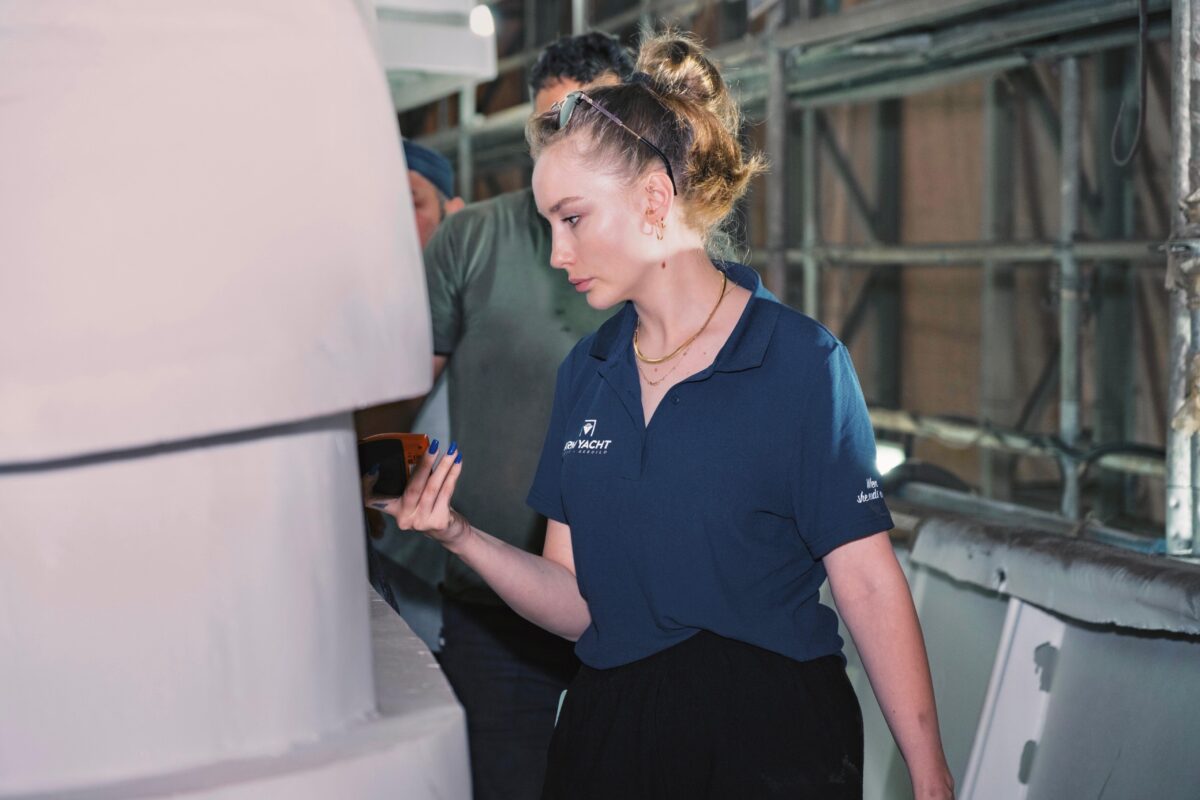
Çiğdem Suyolcu – Surface Treatment and Coating Inspector, FROSIO – LEVEL III at KRM Yacht
Who Needs to Think About This?
If you’re a yacht owner, the paint system protects your investment and affects resale value. For captains and crew, a quality finish means fewer surface problems to manage over time. Management companies rely on predictable schedules and warranty-backed work. And for those working in or planning a refit, paint is often one of the biggest single-line items on the budget.
A paint system application isn’t just cosmetic. It’s part of structural preservation, brand presentation, and operational reliability.
From gleaming hulls to durable decks, paint system application is about more than just color. It’s a technical, multi-stage process that blends science with craftsmanship, and it has a lasting impact on how a yacht performs and looks over time.
What’s your experience with yacht paint systems? Have you had finishes that lasted beautifully, or ones that failed too soon? Let us know how you approach this essential part of yacht upkeep.
FAQs: Paint System Application in Yachting
How often does a yacht need a full paint system application?
It depends on the quality of the original application, operating environment, and maintenance practices, but most yachts require a full repaint every 5 to 10 years. High-traffic or UV-exposed areas may show wear sooner, prompting localized touch-ups before a full system is needed.
Can I just repaint over old layers to save time and cost?
Not safely. Repainting without proper surface prep and compatibility checks can lead to peeling, blistering, or poor adhesion. A professional will assess the current condition and determine if the old paint system needs to be fully stripped or if it can be built upon.
What’s the difference between fairing and priming in a paint system?
Fairing is about smoothing out surface imperfections, using fillers to create a flawless finish especially on hulls. Priming, on the other hand, is about protecting the substrate and ensuring adhesion of the subsequent layers.
Is it possible to change a yacht’s color during a paint system application?
Yes, and many owners use full repainting as a chance to refresh or dramatically change the yacht’s appearance. Just keep in mind that darker or metallic colors may require different techniques and maintenance expectations compared to lighter shades.
How can you tell if a yacht’s paint system was poorly applied?
Early signs of trouble include fading, chalking, bubbling, or visible seams under the topcoat. These can result from rushed application, poor surface prep, or environmental contamination during curing.
Are certain paint systems better for warm or tropical climates?
Yes. In high-UV or humid regions, coatings with strong UV inhibitors and moisture resistance perform better. Some systems are specifically formulated for durability in extreme sunlight or marine exposure, and your applicator should select accordingly.
Does the environment where painting happens really make a difference?
Absolutely. Dust, humidity, and temperature fluctuations can all affect curing and finish quality. That’s why professional applications are often done in climate-controlled tents or sheds to meet the technical requirements of the paint manufacturer.
Is a high-gloss finish harder to maintain than a matte or satin one?
Generally, yes. Gloss finishes show scratches and oxidation more easily, requiring regular washing, polishing, and sometimes waxing. Matte or satin finishes are lower-maintenance but offer a different aesthetic and require specific care products to avoid shine.

